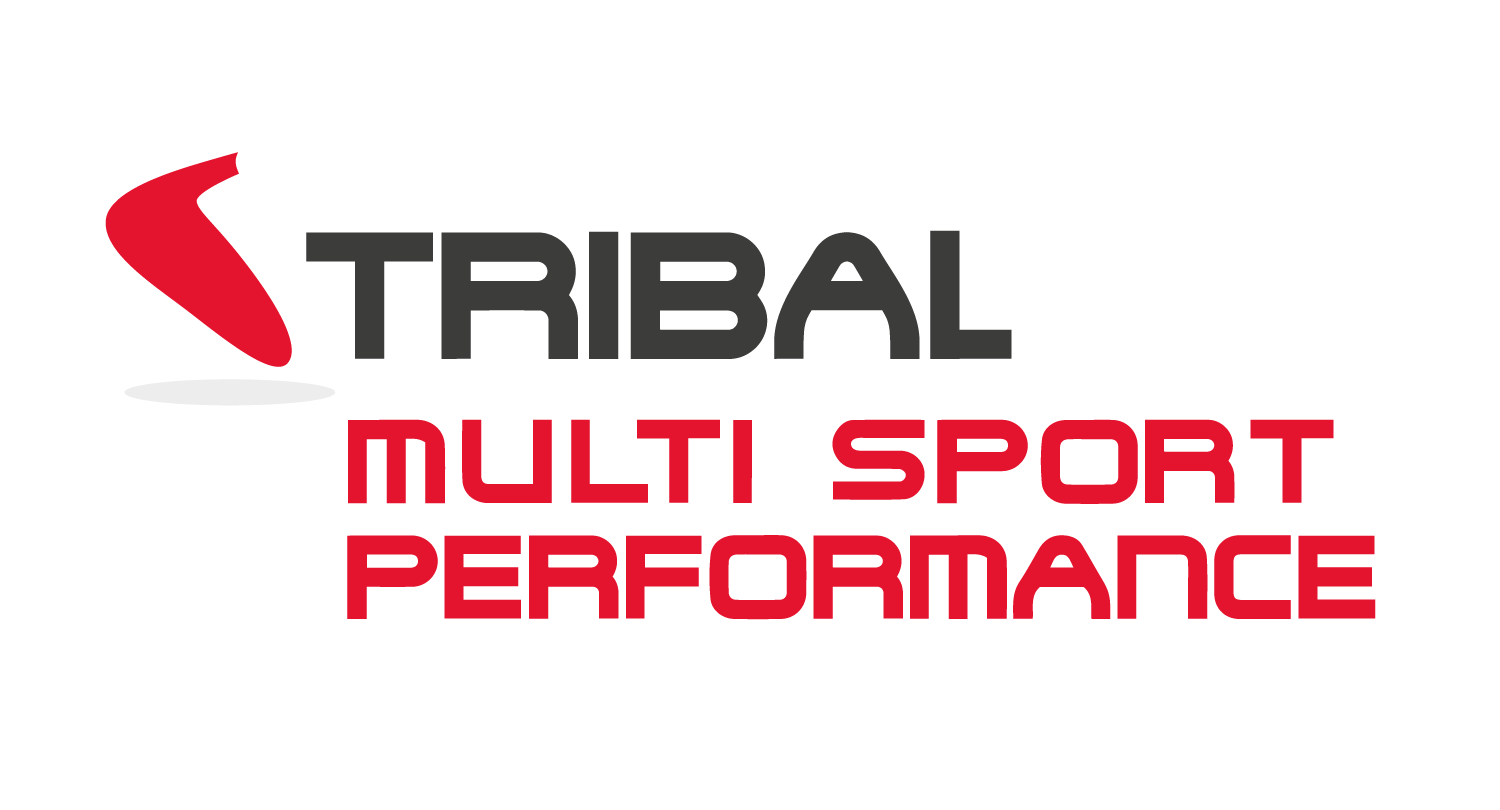Fat Needs
Fats are essential to life, here are 10 benefits to having adequate and healthful fat in your diet:
- Better body composition.
- More muscle.
- Easier fat loss.
- Better reproductive health.
- Better brain function & mood with less risk of depression.
- Stronger bones & less risk of osteoporosis.
- Reduced cancer risk.
- Better cholesterol ratio & reduced heart disease risk.
- Stronger immune function.
- Better skin & eye health.
When you eat healthy meat, fish, butter, avocado, coconut and nuts, you receive a range of energy giving and life giving fats. Fats from these healthful sources should make the majority of your fat intake.
Caveat 1. When you eat a grain fed animal, leave the fat on your plate. On the other hand, if the animal is organic and grass fed, its fat will be a great source of high quality nutrients. Similarly, when frying or roasting, use stable fats like coconut oil, ghee or butter. These stay stable at high heat.
We need to get essential fatty acids (EFAs) from our diet. Omega 3 fats, found in oily fish, grass fed meat, green leafy vegetables, eggs and walnuts, reduce inflammation in the body and help recovery between training and racing.
Intake of omega 3 fats should be balanced with omega 6, found in grains, meat, cornflower and sunflower oils. This balance determines whether your body is an inflammatory or anti-inflammatory environment. The ideal ratio of omega 3 to omega 6 is between 1:1 and 1:3. Caveat 2. Good quality fish and eggs will help you achieve this, whereas a typical western pro-inflammation diet, including farmed fish, seeds, grains and eggs from caged hens, can push the omega 3 to omega 6 ratio to as high as 1:30.
Caveat 3. Avoid any fats that are highly processed. Trans fatty acids and hydrogenated fats are closer to plastic than food. Best left out of your diet are margarine, canola oil, corn oil, vegetable oil, grapeseed oil, sunflower oil, rice bran oil and safflower oil or anything with these fats in the ingredients list.
Calculating Quantities
In Step One we identified your Total Daily Energy Expenditure, your TDEE. This was expressed as kcals per day.
So far, in Step Two we have identified your daily P requirements and your daily C requirements for both rest days and exercise days. Going forwards these two elements of your daily routine have very little play in them, these are your constants; only seasonal cycling and refinement of them to improve your health, energy and results is necessary.
Stick with this; both P & C values have been expressed as both grams and kcals. It is the shortfall of kcals between your P & C totals and your TDEE that needs to be made up by fat in your diet. Lets look at it by inputting your numbers here:
My Rest Day TDEE = ___________kcals
My P & C totals = P ___________kcals + C___________kcals = _________Kcals
Now Minus your P & C totals from your Rest Day TDEE, that will leave you with an amount of kcals that becomes your daily F Requirement.
My Daily F Requirement = ________kcals. Divide by 9 to get grams= __________g.
My Daily Requirements:

How does this help??
Now when we look at the cheat sheets for sources of P foods, C foods, and F foods we can start to create an idea of what our expectation is for you in terms of how much to eat, what’s best to eat and when is best to eat it. Probably the key questions you have when starting out.
See also Becoming Fat Adapted
Download: Guide To Fats & Oils [pdf]
Download: Guide To Cooking Fats [pdf]
![]()


